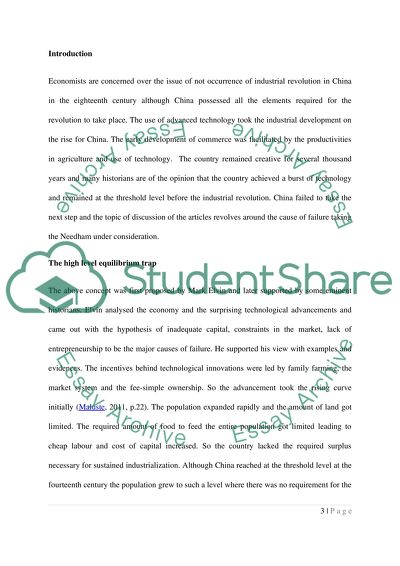Cite this document
(“Advanced Technology the Key to the Chinese Economy Development Essay”, n.d.)
Advanced Technology the Key to the Chinese Economy Development Essay. Retrieved from https://studentshare.org/macro-microeconomics/1477465-the-chinese-economy
Advanced Technology the Key to the Chinese Economy Development Essay. Retrieved from https://studentshare.org/macro-microeconomics/1477465-the-chinese-economy
(Advanced Technology the Key to the Chinese Economy Development Essay)
Advanced Technology the Key to the Chinese Economy Development Essay. https://studentshare.org/macro-microeconomics/1477465-the-chinese-economy.
Advanced Technology the Key to the Chinese Economy Development Essay. https://studentshare.org/macro-microeconomics/1477465-the-chinese-economy.
“Advanced Technology the Key to the Chinese Economy Development Essay”, n.d. https://studentshare.org/macro-microeconomics/1477465-the-chinese-economy.


